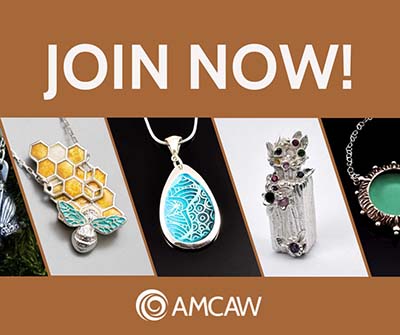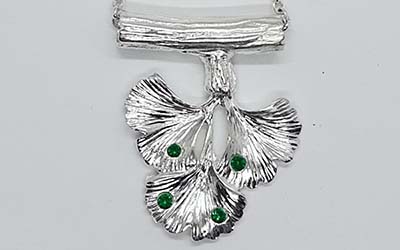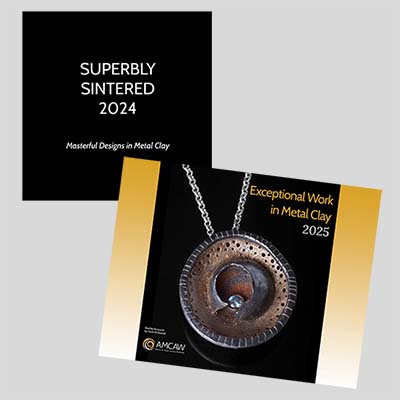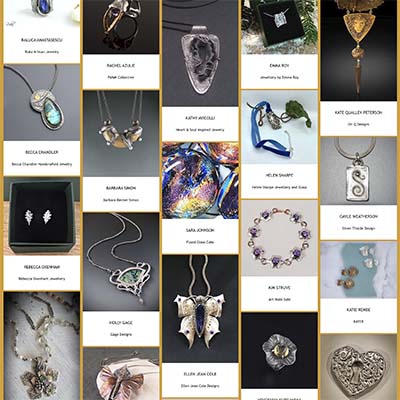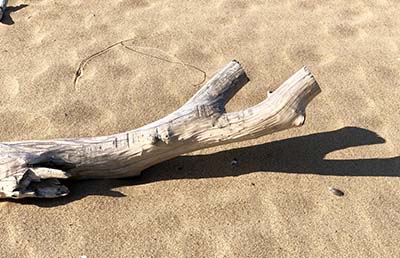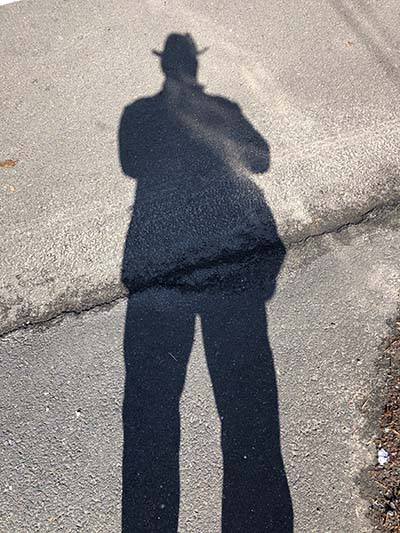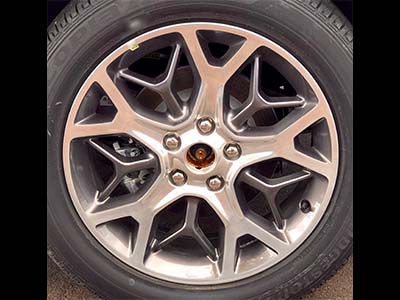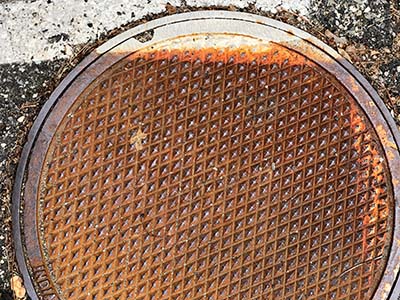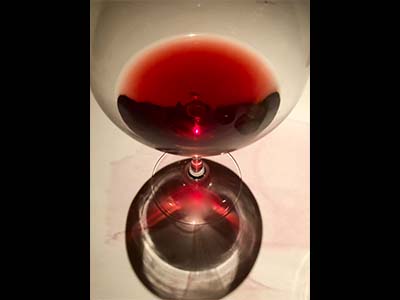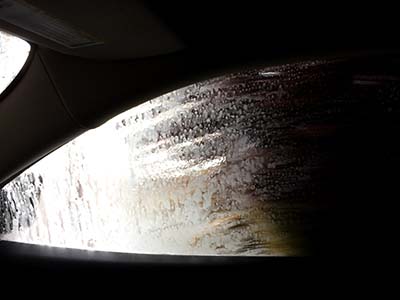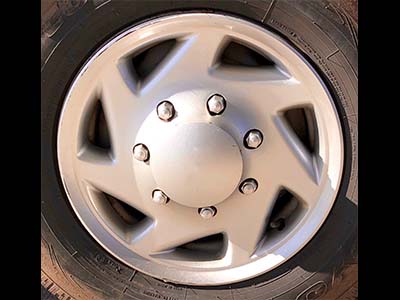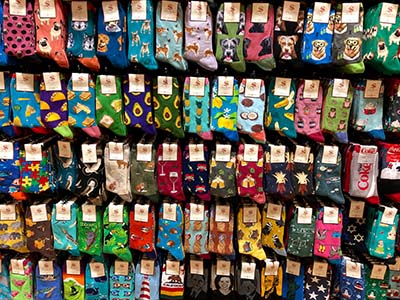Color
Adding color to your metal clay design can take several forms. You can use mixed metals, either co-fired like mokume gane, or cold connected after firing. Adding stones introduces color as do cold connected inclusions like polymer clay, found objects, plastic, concrete etc.
Paints, inks, oxidizing chemicals, heat patina, waxes, resin and vitreous enamel are all ways to add color to your designs. Some of these require specific consideration at the design stage, for instance creating a low-relief pattern beneath an area you intend to apply enamel for a basse-taille effect.
Color may not be a consideration in metal clay work if you are only using one type of metal in a piece, however contrast and value are. Various metal clay types have different colors however, there may be many values of the color silver within a single silver piece. Value is defined as the light and dark variations of the same color. If you are using different colors of metals in a single piece there can also be differences in the value of each color.
If you are intending to add color after firing using any of the media mentioned above, you need to consider contrast and value before you proceed. Think of the opposing colors on the color wheel and how they work together, what is the contrast between them? When you are using metal clay for instance, the areas of copper next to areas of silver or oxidizing the background and burnishing the raised portions of a metal clay piece produce contrast and value in the overall effect.
